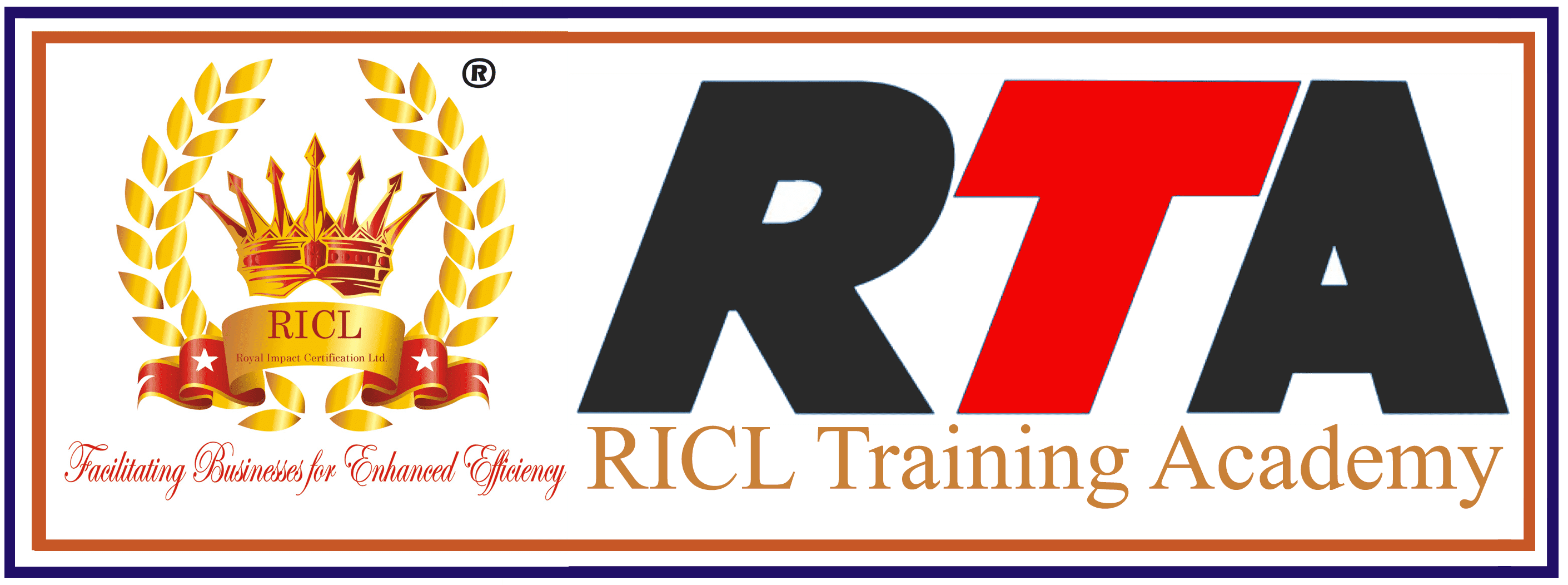
Design Sense
Design sense involves understanding aesthetics, functionality, and creativity in creating products, spaces, or experiences. It considers sensory elements like sight, sound, and touch to craft visually appealing, functional designs. Aesthetics focus on beauty and harmony, while functionality ensures practicality and usability. Creativity drives originality and innovation, while sensory elements engage users on multiple levels. Visual and auditory design capture attention and convey meaning, while tactile and olfactory elements enhance physical interaction and atmosphere. Innovation pushes boundaries and responds to evolving needs, while achieving harmony and balance creates cohesive designs. User interface design ensures intuitive interaction, enhancing overall user satisfaction and engagement.
Who can attend this course?
- Designers and Creatives:
- Graphic designers, UI/UX designers, web designers, and other creative professionals looking to expand their design knowledge and refine their design sense.
- Marketing and Advertising Professionals:
- Marketing managers, advertising executives, and brand strategists interested in improving their visual communication skills and understanding the principles of effective design.
- Product Managers and Developers:
- Product managers, developers, and product development teams aiming to gain insights into user-centric design and create more intuitive and user-friendly products.
- Entrepreneurs and Business Owners:
- Entrepreneurs, startup founders, and business owners looking to enhance their understanding of design principles to create visually appealing and engaging brand identities, products, and marketing materials.
- Students and Graduates:
- College and university students studying design, marketing, business, or related fields who want to develop a strong foundation in design principles and aesthetics.
- Anyone Interested in Design:
- Individuals with a passion for design who want to learn more about design theory, principles, and best practices to apply in personal or professional projects.
Introduction to Design Sense (9:00 AM – 9:30 AM)
- Welcome and Course Objectives
- Understanding Design Sense: Definition and Importance
- Overview of Key Components of Design Sense
Session 1: Fundamentals of Design (9:30 AM – 10:30 AM)
- Elements of Design: Exploring Line, Shape, Form, Color, Texture, and Space
- Principles of Design: Understanding Balance, Contrast, Emphasis, Proportion, Unity, and Movement
- Gestalt Principles: Applying Principles of Perception to Create Harmonious and Cohesive Designs
Break (10:30 AM – 10:45 AM)
Session 2: Typography and Layout (10:45 AM – 12:00 PM)
- Typography Basics: Selecting Fonts, Typeface Pairings, and Typography Hierarchy
- Layout Principles: Creating Visual Hierarchies, Grid Systems, and Composition Structures
- Visual Consistency: Maintaining Consistency in Typography, Layout, and Design Elements Across Designs
Lunch Break (12:00 PM – 1:00 PM)
Session 3: Color Theory and Psychology (1:00 PM – 2:30 PM)
- Color Basics: Understanding Color Wheel, Color Models, and Color Schemes
- Color Psychology: Exploring the Emotional and Psychological Effects of Color on Perception and Behavior
- Using Color Effectively: Applying Color Theory to Create Mood, Convey Messages, and Enhance User Experience
Break (2:30 PM – 2:45 PM)
Session 4: User-Centric Design (2:45 PM – 3:45 PM)
- Design Thinking Process: Empathizing, Defining, Ideating, Prototyping, and Testing
- User Experience (UX) Design Principles: Designing for Usability, Accessibility, and Delight
- User Interface (UI) Design Best Practices: Creating Intuitive and User-Friendly Interfaces for Web and Mobile Applications
Session 5: Visual Branding and Identity (3:45 PM – 4:30 PM)
- Brand Identity Elements: Logo, Color Palette, Typography, Imagery, and Brand Voice
- Building Visual Brand Consistency: Establishing Brand Guidelines and Style Guides
- Case Studies: Analyzing Successful Branding Examples and Designing Visual Identities
Conclusion and Q&A (4:30 PM – 5:00 PM)
- Recap of Key Concepts Covered
- Open Floor for Questions and Discussion
- Course Feedback and Closing Remarks
By the end of this course, participants will have gained essential knowledge and practical skills to develop their design sense, apply design principles effectively, and create visually appealing and impactful designs across various mediums and platforms.
[Form id=”6″]
Royal Impact Certification Clients









CONTACT US
Get in Touch With Us!
Our Services
- Lead Auditor QMS
- Lead Auditor EMS
- Lead Auditor OHSMS
- Internal Auditor QMS
- Internal Auditor EMS
- Internal Auditor OHSMS
- Awareness Auditor QMS
- Awareness Auditor EMS
- Awareness Auditor OHSMS
Contact Info
Royal Impact Certification Ltd. 623 Tower B, iThum
plot no. A 40
Sec 62, Noida 201301
training@ricliso.com
Call us now:
9355650992
9355650993
Copyright © 2023 RICLTrainingAcademyAll rights reserved.

